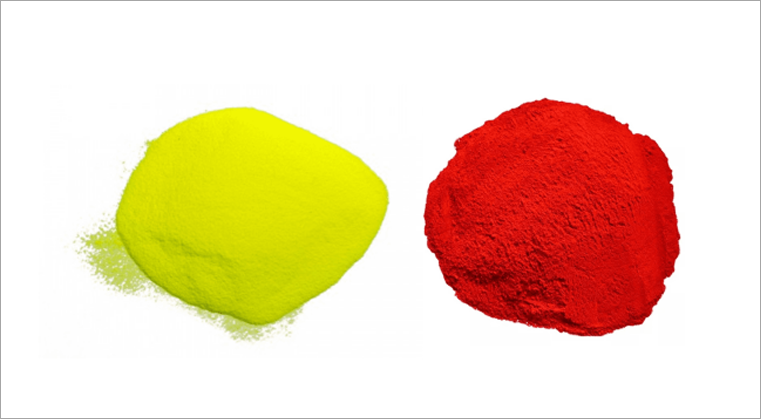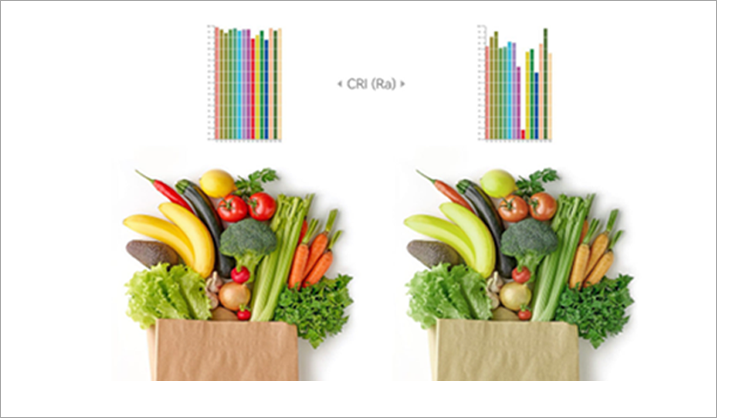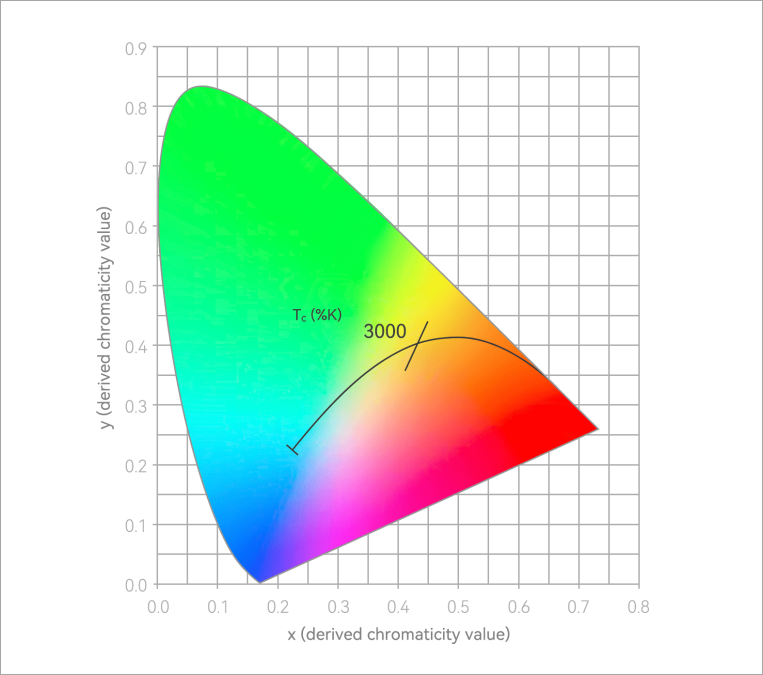High CRI LED lights reveal the colors of the illuminated subject more accurately, but they don’t always yield more lumen. The article will look at the relationship between color rendering index and light output in the hope that it helps you understand CRI better and make informed decisions when opting for lighting products. But first let’s start with some basic questions about CRI.
CRI stands for Color Rendering Index, a comparison of a given light source to a “perfect” light source. A perfect light source would have a CRI of 100 for a given color temperature (CCT). If one light has a CRI rating of 80, which most LED fixtures do, and another has CRI 95, it’s easy to figure out the latter will bring out more true colors than the former. Normally a CRI 90 is considered excellent.
Why is CRI important?
High-CRI LED lighting fixtures will render colors accurately, which helps textures, fine details, and colors to stand out. This is especially true for retail lighting. The right type of lighting helps to showcase fruits and vegetables in an enticing way so that customers feel inspired to purchase. Lighting is a sure way to drive sales and boost profits for shop owners.
Take a look at the two fruit images below and it is not hard to notice that the left one looks more realistic and more appealing and the CRI(Ra) chart above shows remarkable scores from R1-R15. By comparison, the fruits and veggies on the right seem lack of lighting and less attractive and the CRI graph above reveals spotty performance for each metric.


How to produce a high CRI rating led light?
Like mentioned above, there is a major difference the CRI comparison, R9 value or the red spectrum. So we can conclude that if we want a higher CRI, we have to get a high R9 or a wider red spectrum. How do we do that?
It is known that most white LED chips are made of blue LED chips coated with a yellow phosphor. So the easiest way to get a higher CRI is to add more red phosphor to the yellow phosphor in order to make up for the lack of the red spectrum. The ratio of the two matters. Let’s say, you have a white LED of CRI 70 and want 80 CRI, you might only need to mix with a small amount of red phosphor. If you want 90, double the amount.
How does color temperature affect light emission?
Too much red phosphor is not always a good thing. When the red content is too high, the color point of the LED will deviate from the Planck curve, thus resulting in a significant color shift. Plus, the red phosphor, when powered on, becomes less efficient to emit light, meaning it takes more electricity or energy to produce light. As a result, when we raise the CRI from 80 to 90, the lumen output will drop by about 10%-15%.

